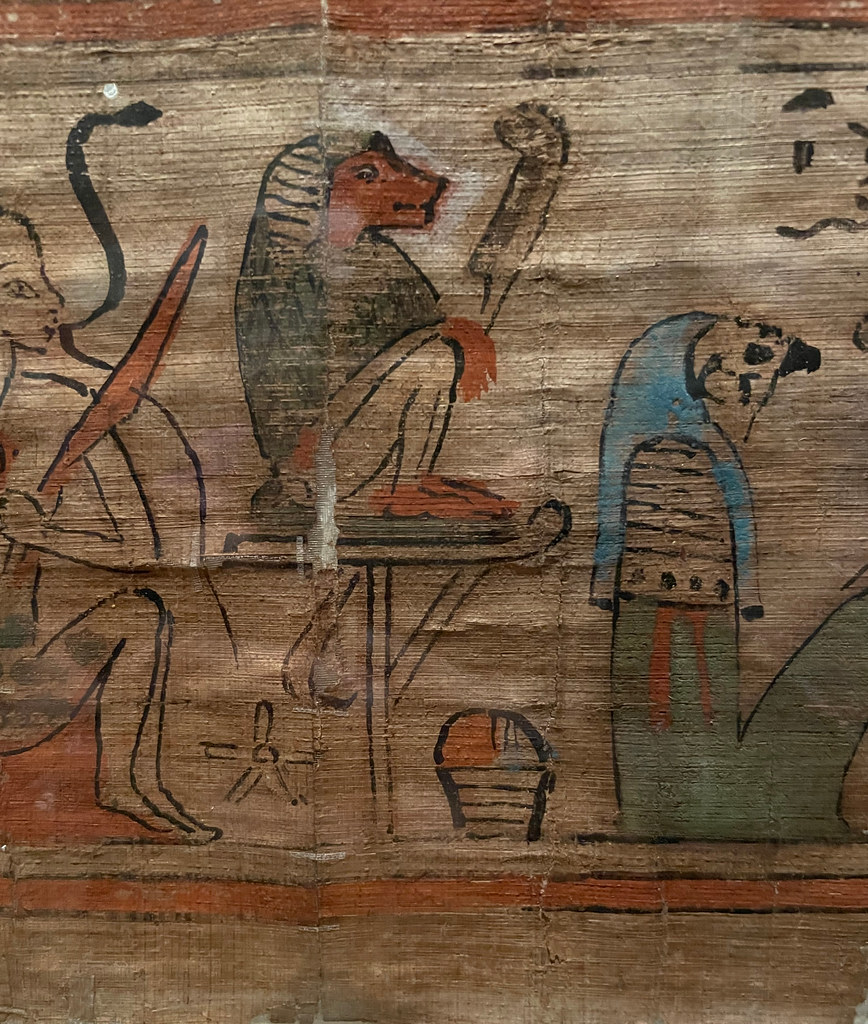#Turin Egyptian Museum
Text
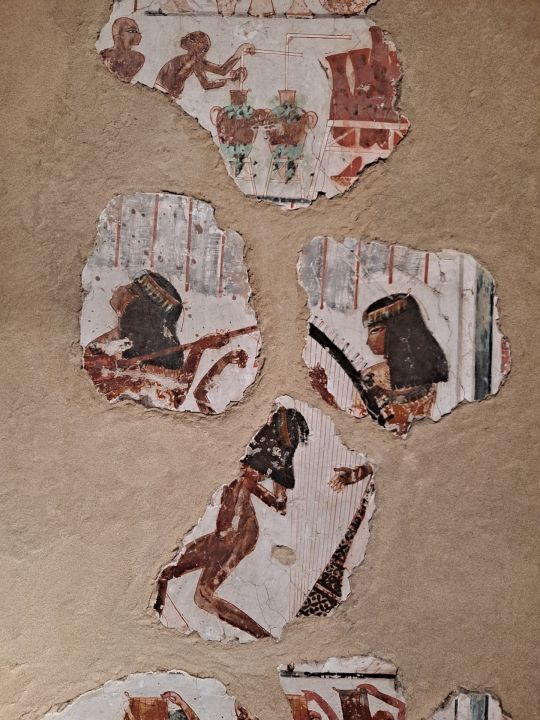
Fragments of a wall painting from a tomb chape
* Thebes
* 18th dynasty, reign of Amenhotep III (1390-1353 BCE)
* clay, straw, stucco
* Egyptian Museum of Turin
Turin, June 2023
#Egypt#14th century BCE#ancient#art#wall painting#stucco#music#hairstyle#Turin Egyptian Museum#my photo#§
299 notes
·
View notes
Text

5 notes
·
View notes
Text
The oldest and largest Egyptian Museum in the world! An experience I don't regret! It was truly wonderful and educational! I wished I was more well rested and had more strength in me that day to truly immerse myself in it!
One of my favourite things of this trip! ❤️😍📸✨
#photography #egyptianmuseum #egyptianmuseumturin #torino #turin #italy #musuem #egyptianculture #history #ancientegypt #ancienthistory #artifacts #erasmus #travelphotography #traveling #travels #tourism #exploring #ancientgreek #selfie #tickets
instagram
#museo egizio#egyptian#egyptian museum#egyptian museum of Torino#Italy#italia#torino#turin#travels#traveling#tourism#tourist#exploring#my favorite part of this trip#egyptian culture#Egypt#ancient Egypt#ancient Greece#ancient history#history#geeking out#afternoon#photography#travel photography#musuems#tickets#artifacts#Instagram
3 notes
·
View notes
Text
psst...while the MET apparently has many trafficked artefacts, the temple I've seen some of you refer to? That was given to US by the Egyptian government as a thanks for helping with the relocating of Abu Simbel. Several other countries who helped also got gifts like this; Ägyptisches Museum in Berlin, Germany, the Rijksmuseum in Leiden, The Netherlands, Museo Egizio in Turin, Italy, and Parque de la Montaña, Madrid, Spain.
So this thing, and accompanying items?

Is not looted, stolen, or trafficked. It's there entirely legally.
1K notes
·
View notes
Text

Statue of Penbui as a Standard-bearer
New Kingdom, 19th Dynasty, ca. 1292-1189 BC.
Deir el-Medina, Thebes.
Egyptian Museum of Turin. Cat. 3048
Read more
238 notes
·
View notes
Text

Seated statue of Pharaoh Thutmose III or Tutmosis III, sixth pharaoh of the 18th Dynasty of Egypt, ruled from 1479 to 1425 B.C. and he was one of the most important monarchs, being during his reign when the ancient Egyptian reached its maximum territorial extension.
Egyptian Museum in Turin, Italy.
467 notes
·
View notes
Text

The Sun and Moon boats ☀️🌙🛶
Based on these two stelae I saw at Turin's Egyptian Museum:

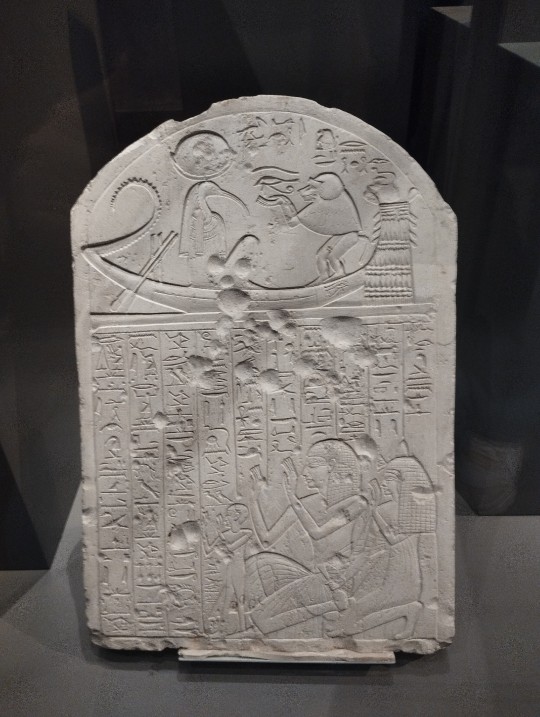
(don't mind the quality, I took the pictures myself with my crappy phone lol)
67 notes
·
View notes
Text

Jeremy Irons on set at the Egyptian Museum in Turin, Italy, 2021.
#italy makes him hotter I don't make the rules it is what it is#newly released picture doing things to me send help#jeremy irons
68 notes
·
View notes
Text
On the Amduat papyrus of Meshareduisekeb, a baboon sits on a standard, holding a maat-feather.
When: Third Intermediate Period, 21st Dynasty
Where: Egyptian Museum, Turin
#Ancient Egypt#papyrus#Amduat#Museo Egizio Turin#Third Intermediate Period#21st Dynasty#Meshareduisekeb
20 notes
·
View notes
Text
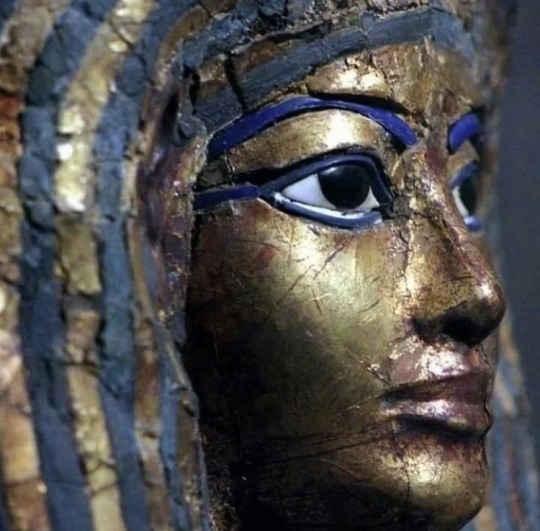
Funerary mask of Merit, wife of Kha.
Mid-18th dynasty
Egyptian museum Turin, Italy.
356 notes
·
View notes
Text
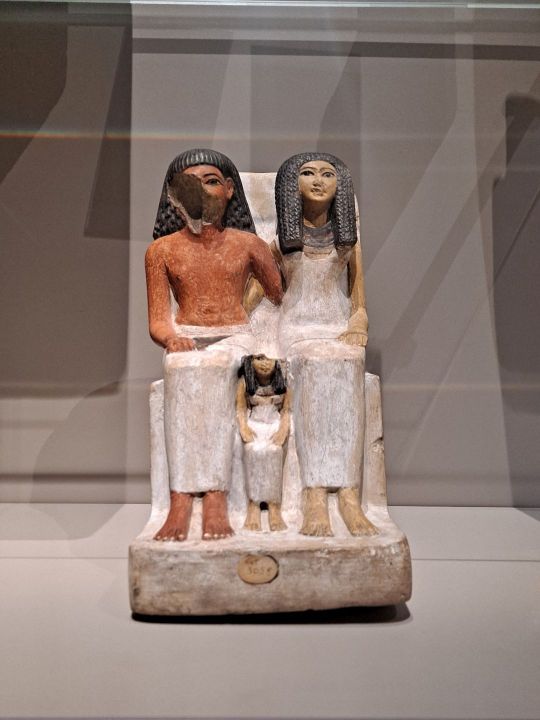

Egyptian couple and their daughter, depicted as a miniature adult
* Theban necropolis
* New Kingdom, first half of the 18th dynasty (1480-1390 BCE)
* limestone
* Turin Egyptian Museum
Turin, June 2023
#Egypt#statuette#figurine#ancient#art#couple#family#child#clothing#15th century BCE#14th century BCE#Turin Egyptian Museum#my photo
453 notes
·
View notes
Text

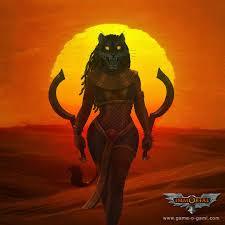


Sekhmet "the Mighty", one of the bloodiest and most terrifying deities of ancient Egypt, was able to generate the desert from her own breath.
Sekhmet_statue_Egyptian_Museum
Statue of Sekhmet, Egyptian Museum (Turin) –
Tripadvisor
Goddess of war, fighting alongside the pharaohs, she killed enemies with her fiery breath. Her fame as a destroyer was so widespread that even the other deities feared her ferocity.
She was a solar deity, sometimes believed to be the daughter of Ra (god of the midday sun). She was represented entirely as a lioness or in human form with a lioness's head.
relief_Sekhmet_temple_KomOmbo_Egypt
Relief of Sekhmet in the Kom Ombo temple in Egypt –
Ancient Origins
Expression of the duality between disease and healing, chaos and order, Sekhmet was venerated as a deity of epidemics and medicine.
The lioness became an instrument of Ra's power when necessary. She intervened with her anger to restore order among human beings, disobedient to divine law.
For this reason, the regularity of the rites performed in her honor was necessary so that her anger was kept at bay. Only in this way could her protective side turn benevolently towards humanity.
The goddess manifested herself in all her magnificence, incarnating herself in the statue of her which represented her, the true protagonist of the rituals.
The most famous mythological tale of which she is the protagonist sees her become a ruthless avenger. Ra himself, deeply angry at the human race that had conspired against him, sent Sekhmet to have the culprits exterminated.
Once the battle was over, however, the lioness had not yet quenched her thirst for revenge. Exhilarated by the taste of her blood, she continued to rage against men to the point of arousing Ra's pity. Considering her unstoppable anger, the god was forced to devise an original stratagem to stop her.
He decided to dye some beer with red ocher so that the liquid looked like blood. Falling into the cunning trap, Sekhmet drank the drink greedily and got drunk. Only once she came to her senses from the intoxication did she realize her deception and stopped her massacre.
Statues of Sekhmet are found in many of the world's major Egyptian antiquities collections.
21 of them are on display at the Egyptian Museum! An entire room is dedicated to the splendid sculptural group made up of 10 statues of the seated deity and 11 of them standing.
Walking among the imposing figures of the goddess, approximately two meters high, the visitor finds himself surrounded by severe gazes and immerses himself in a deeply evocative atmosphere. It seems clear that the figure of the divinity has not lost any of its power to inspire deep fear.
Sala_Sekhmet_MuseoEgizio
Room containing the statues of Sekhmet inside the Egyptian Museum (Turin) –
Talents and events
Sekhmet statues are very widespread also because they often share the same provenance. Amenhotep III (1400-1350 BC, approximately), in fact, commissioned 365 statues of the goddess in the temple dedicated to the cult of his royal power.
Every day of the solar year, which for the Egyptians had the same duration as ours, a different statue of the deity was worshiped. The priests sang litanies and brought offerings to Sekhmet by interacting directly with her figure.
Speaking of myth, it is not difficult to fantasize a bit... It is easy to associate Sekhmet with other important deities of the classical world, closest to us. Just think of Athena (goddess of war), Artemis (protector of wild animals), Dionysus (god of ecstasy), Ares (god of violent struggle) and many others...
A rich collection of images of these deities is collected in the Mitholgiae repository.
Share
24
Home Culture
CULTURE
THE MULTIFORM SEKHMET: THE GODDESS WHO GIVES DEATH AND RESTORES LIFE
By Martina Portello - March 21, 2022
Facebook Twitter
Sekhmet, known as "The Mighty", is the bloodiest female deity of ancient Egypt. Her cruelty can only be compared to that of the fratricidal and usurping God Seth.
In the "Book of the Heavenly Cow" (1539-1292 BC) her birth from the eye of the solar God Ra is told. The god of the Sun, in fact, tired of the cruelty and rebellion of men, decides to punish them by creating a divinity with the body of a lioness, Sekhmet, and unleashes her against humanity.
“The desert was stained red with blood as the Eye pursued the traitors and slaughtered them one by one. He didn't stop until the sands were covered with bodies. Then, temporarily satiated, she returned triumphant to her father to boast of her successes."
The Goddess destroys human wickedness but, now thirsty for blood, she does not appease her violence. Ra, then, to avoid the extermination of humanity, decides to plot a deception. He dyes the waters of the Nile red wine and Sekhmet, thinking it is delicious human blood, dries up the river. Once intoxicated and tame, the terrible divinity transforms into the docile Hathor, Goddess of love.
The double personality of Sekhmet, devourer but also benevolent consoler of the people, in Egyptian times, made the divinity both feared and venerated. The Egyptians, in fact, believed that the Goddess was the cause of plagues, famines and various natural disasters but, at the same time, they recognized her extraordinary healing abilities. For this reason, the priests of Sekhmet were considered the best doctors of antiquity.
Probably, precisely to honor her virtues, Pharaoh Amenhotep III erected, more than 3400 years ago, inside his funerary temple in Thebes (Egypt), 365 statues dedicated to Sekhmet, one for each day of the year. Offerings were brought to the sculptures and rituals were performed to prevent the goddess's wrath from unleashing.
Multiple characteristics and qualities come together in Sekhmet. She is believed to be the Goddess of joy and intoxication; of life and death at the same time, she was honored with dances and songs.
The sistrum, a purely female musical instrument with rattles, played by priestesses during religious ceremonies to ward off evil, was sacred to her. Furthermore, the mirror dance was dedicated to her, during which the dancers danced holding a mirror and castanets in their hands. The mirror was considered a symbol of beauty, youth and immortality.
This divinity, halfway between the Goddess of love Venus and the God of wine Bacchus, between the warrior Goddess Minerva and the violent God Mars, is among those most depicted of all. Her simulacra are preserved in the most famous museums in the world, from the Metropolitan Museum in New York to the Egyptian Museum in Turin.
In Karnak, Egypt, the entrance to the temple dedicated to Sekhmet is decorated with a gold inscription that reads: “I only ask you to enter my house with respect. To serve you I do not need your devotion but your sincerity, nor your belief but your thirst for knowledge. Come in with your vices, your fears and your hates, from the biggest to the smallest. I can help you untie them. You can look at me and love me as a woman, as a mother, as a daughter, as a sister, as a friend, but never look at me as an authority above yourself. If your devotion to any God is greater than your devotion to the God within you, you offend both and you offend the One.”
Description by sito web from internet
I mage from pinterst
#witch#witchcraft#witches#brujah#ancient egypt#dark goddess#Egyptgodess#Sekmeth#egpyt#goddesses#godess#witchy woman#witches of tumblr#pagan witch#wiccan#wicca#wicca aesthetic#paganism#pagan#witchblr#luciferism#left hand path#bruja#brujeria#mitologic#egyptology#stregoneria#hellenic polytheism#hellenic pagan
25 notes
·
View notes
Text
The oldest and largest Egyptian Museum in the world! An experience I don't regret! It was truly wonderful and educational! I wished I was more well rested and had more strength in me that day to truly immerse myself in it!
One of my favourite things of this trip! ❤️😍📸✨
#photography #egyptianmuseum #egyptianmuseumturin #torino #turin #italy #musuem #egyptianculture #history #ancientegypt #ancienthistory #artifacts #erasmus #travelphotography #traveling #travels #tourism #exploring #ancientgreek #selfie #tickets
instagram
#museo egizio#egyptian#egyptian museum#egyptian museum of Torino#Italy#italia#torino#turin#travels#traveling#tourism#tourist#exploring#my favorite part of this trip#egyptian culture#Egypt#ancient Egypt#ancient Greece#ancient history#history#geeking out#afternoon#photography#travel photography#musuems#tickets#artifacts#Instagram
1 note
·
View note
Text
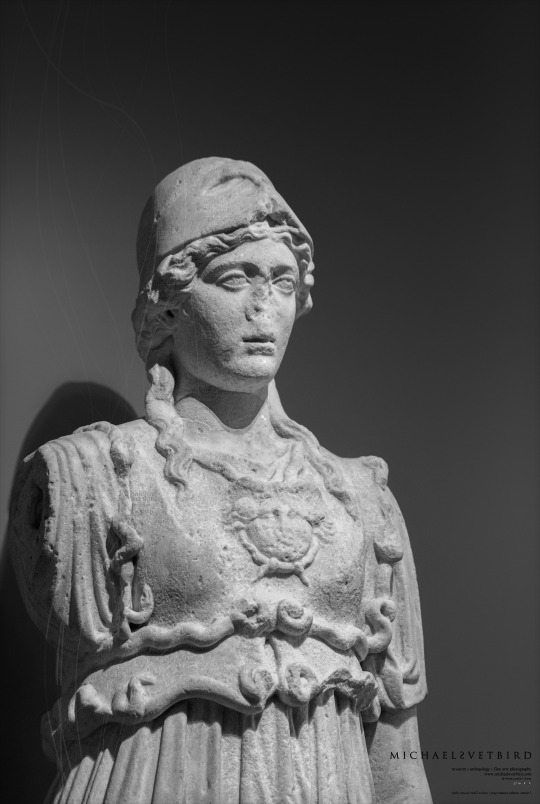

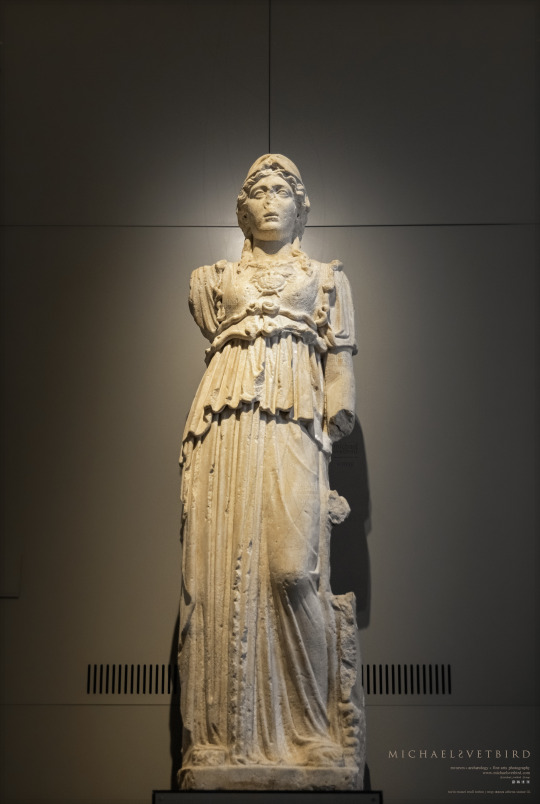
ATHENA:
A 2m-high Roman Statue of 'Egyptian' Athena
White Marble
2 AD
From Egypt
Musei Reali Torino, Turin | MRT
[Museum of Antiquities, Archaeological Gallery, Room 6]
• Web: https://museireali.beniculturali.it/en
• FB: https://www.facebook.com/museirealitorino
• IG: @museirealitorino
MRT | Michael Svetbird 18|02|24 6400X4300 600 [I.-III.]
The photographed object is collection item of MRT, photos are subject to copyright.
[non commercial use | sorry for the watermarks]
📸 Part of the "Reliefs-Friezes-Slabs-Sculpture" MSP Online Photo-gallery:
👉 D-ART:
https://www.deviantart.com/svetbird1234/gallery/72510770/reliefs-friezes-slabs-sculpture
.
#turin#palazzo reale torino#musei reali torino#archaeological#gallery#archaeological museum#museo archeologico#ancient sculpture#ancient art#roman#art history#antiquity#museology#archaeology#mythology#antiquities#heritage#ancient#sculpture#statue#athena#αθηνα#atena#goddess#ancient world#sculpture photography#art photography#museum photography#archaeology photography#michaelsvetbird
12 notes
·
View notes
Note
Hi! I checked the FAQs and hopefully got this right.
I was wondering about your thoughts on the Turin Egyptian Museum. I Have heard that in the past few years it was completely redone and its really great. Italian people are always super proud about it. But I always question the "ethics" of these types of museums where they have exclusively items that have been taken from another culture.
I guess my question is do you think it might be worth my time? Is it as great as people say?
The Turin Museum has an excellent collection. However, I am a random person on the internet. If you have an ethical dilemma then it is up to you to solve that within yourself. Whether or not a good, well presented collection of artefacts that you have seemingly decided was gained entirely unethically is worth visiting is between you, your conscience and hopefully a bit of research on your part.
I’m no one. I don’t know you. My opinion on what you should do with your life is irrelevant.
25 notes
·
View notes
Text
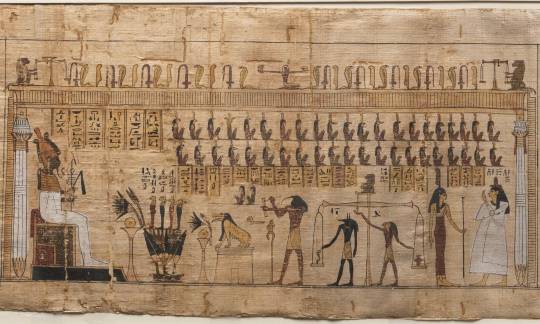
The Weighing of the Heart Ceremony
Chapter 125 of Book of the Dead of Taysnakht.
Ptolemaic Period, ca. 305-30 BC.
Egyptian Museum of Turin. Cat. 1833
Read more
255 notes
·
View notes
